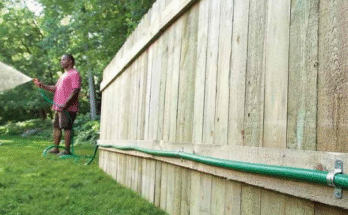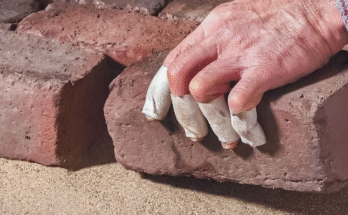In the world of construction, nothing turns heads and grabs attention on a jobsite like a beautifully framed roofline. From clean ridges and valleys to sharp pitches and perfectly aligned overhangs, roof lines are more than just structural components — they’re the crown of your build. For roofers, framers, general contractors, and even content creators, the phrase “Pop those roof lines” has become a badge of pride, a way to say, “This house? We nailed it.”
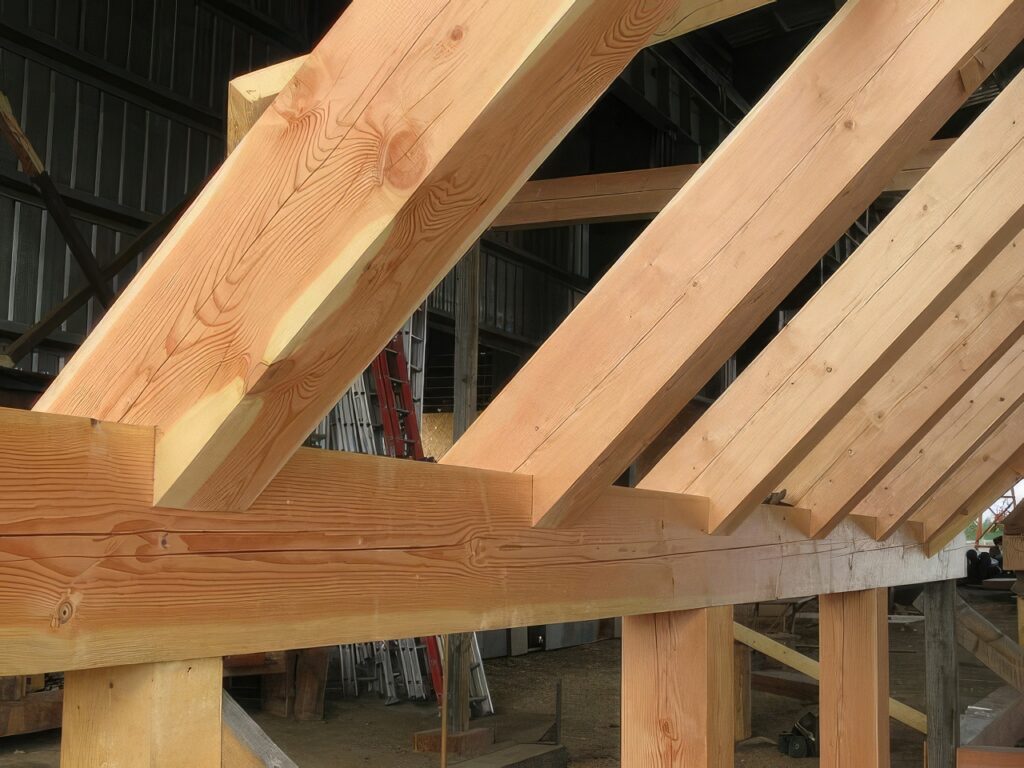
Whether you’re a seasoned professional or a weekend warrior obsessed with quality builds and satisfying visuals, this article is your deep dive into the craft, the mindset, and the hustle behind creating rooflines that don’t just function — they pop.
What Does “Pop Those Roof Lines” Actually Mean?
In roofer lingo, to “pop” a roof line means to create sharp, clean, visually pleasing lines along the edges, ridges, hips, valleys, and eaves of a roof. It’s about craftsmanship, symmetry, and consistency. A popped roofline makes a home look tight and finished — even before the shingles go on.
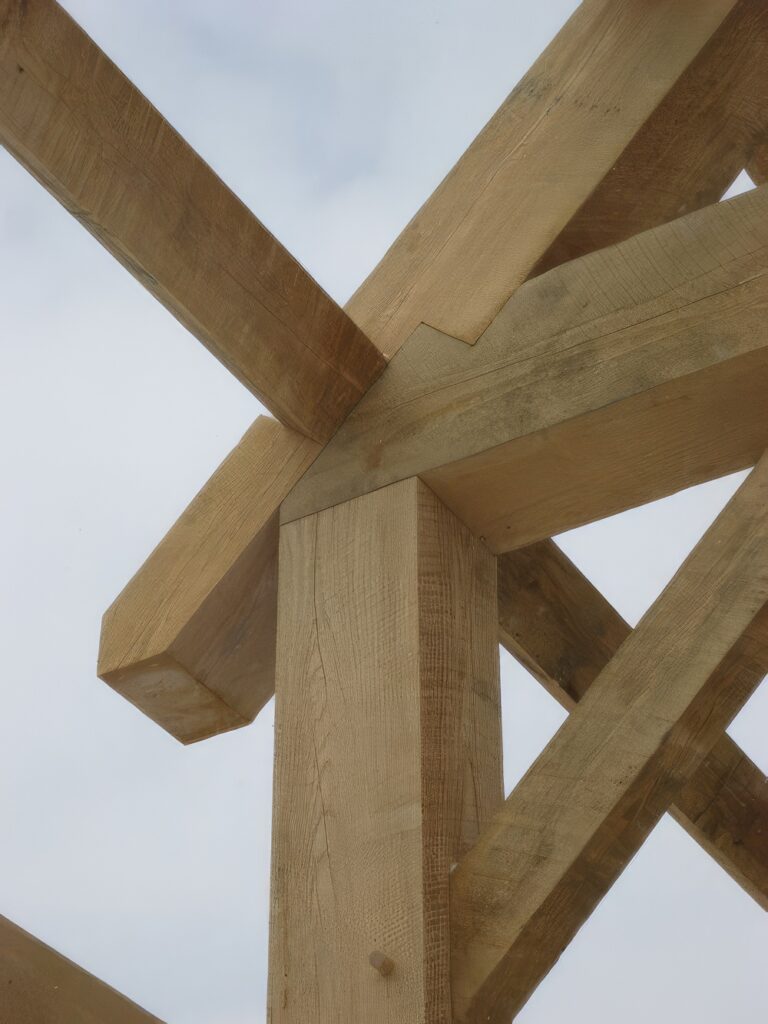
The real magic? It’s often most visible from a drone, a high ladder, or a satisfying video reel — making it perfect for social media. That’s why it’s become a hit among construction influencers and roofing crews: It shows off skill in one glance.
Why Rooflines Matter (Function + Form)
Sure, rooflines make a house look good — but they serve crucial structural and weatherproofing purposes too.
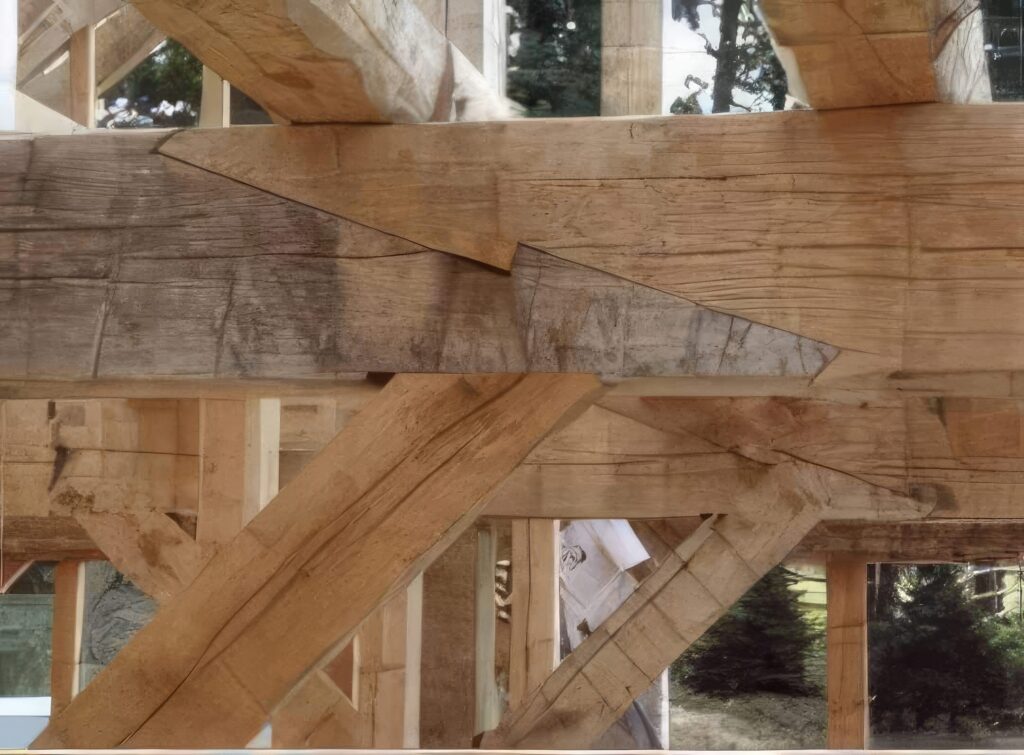
1. Drainage and Water Management
Well-defined slopes and pitches allow water to flow properly into gutters and away from the foundation. A poorly constructed or sagging roof line can trap water and lead to leaks, rot, and structural damage.
2. Energy Efficiency
Proper venting at the ridge and eaves (via roof design) helps regulate attic temperatures, improving energy efficiency and prolonging the life of insulation and HVAC systems.
3. Structural Integrity
Rooflines are part of the home’s overall framing structure. If they’re not aligned or properly framed, it could be a sign of deeper issues — like settling, bad truss layouts, or rushed framing.
4. Aesthetics
There’s no denying the visual impact. Homes with crisp rooflines look newer, more expensive, and better built. A good roofline adds curb appeal and resale value.
The Framing Behind Popped Rooflines
Before you get to shingles and flashing, a popped roofline begins with solid framing. If the structure isn’t right, nothing else will look right.
Key Framing Factors:
✅ Truss Quality and Layout
- Ensure trusses or rafters are correctly spaced (usually 24” or 16” on center).
- Use a laser level or string line to check for crown-up orientation.
✅ Ridge Beam Accuracy
- A crooked ridge = a crooked roof. Keep it straight and centered to prevent misalignment across the span.
✅ Proper Hips and Valleys
- Valleys should meet precisely and be plumb. Same with hip rafters.
- Use double or even triple-check measurements to prevent twist or bowing.
✅ Eaves and Overhangs
- They must be consistent in length and angle. Uneven overhangs are one of the most common signs of amateur work.
- Fascia boards must follow the same plane.
Materials That Make Roof Lines Pop
Materials matter just as much as craftsmanship. Let’s break down the elements that help accentuate great roof lines.
1. Drip Edge and Fascia
Clean metal drip edge, properly installed with no warping, gives the eave a crisp finish. Pair it with clean fascia boards and corner trims.
2. Underlayment
Synthetic underlayment installed flat, without bubbles or creases, sets the stage for a perfect shingle install.
3. Shingle or Metal Roof Installation
- Straight shingle courses that follow the roof plane evenly make roof lines stand out.
- In metal roofing, perfectly aligned standing seams are the star of the show.
4. Ridge Cap
When the ridge cap is symmetrical and follows the pitch with zero sag or dip, it gives a professional “snapped” look. It’s the cherry on top.
How to Film Rooflines That Pop for Reels
We live in the content era. Roofing crews and builders are becoming full-blown creators — and the roofline is one of the most shared construction visuals online. Why? Because when it’s done right, it’s just so satisfying.
🎥 Tips for Filming Popped Roof Lines
📍 Use a Drone
- A bird’s-eye view is unbeatable. It captures pitch, symmetry, and how the roof fits into the home’s silhouette.
- Fly across the ridge, then pivot and descend for a wraparound view.
🪜 Top-Down Ladder Shots
- Climb up (safely!) and do a slow pan across the ridge.
- Capture close-ups of valleys and hip lines.
🖼️ Side Shots with Sky in Background
- Contrast the roof line against the sky for a clean, architectural profile.
🕓 Shoot During Golden Hour
- The warm, angled light will highlight ridges and edges, creating depth and contrast in your shots.
🎶 Don’t Forget the Audio
- Add satisfying construction sounds, from nail guns to footfalls on plywood, or a trending song to make your reel pop.
Common Mistakes That Kill a Roofline’s Look
Even a solid roof can look bad if details are overlooked. Avoid these common mistakes:
❌ Wavy Eaves
Caused by warped fascia, uneven rafter tails, or sloppy sheathing.
❌ Sagging Ridges
Often the result of poor truss installation or undersized beams.
❌ Inconsistent Overhangs
Even a ½” difference is noticeable from the ground.
❌ Mismatched Materials
Mixing shiny aluminum with matte black flashing, or using low-grade shingles next to high-end accents, ruins the look.
❌ Fastener Overkill
Visible nails or screws on metal roofing? Instant eyesore.
Pro Tips to Make Roof Lines Stand Out
🔨 Laser Chalk Lines Are Your Friend
Before installing anything — sheathing, drip edge, or shingles — pop a laser line or use chalk. It ensures alignment and speed.
🪚 Pre-Cut and Dry Fit Fascia
Measure twice, cut once. A tight fascia-to-roof interface elevates the entire build.
🪜 Use Matching Flashing Colors
When flashing matches the shingle or metal color, it makes lines look seamless and intentional.
🎯 Stagger Shingles Perfectly
Don’t “eyeball” the spacing — use layout markers or a measuring jig.
Roofing Life: Why It’s More Than Just a Job
Ask any crew who’s proud of their work, and they’ll tell you: popping clean roof lines is part of the roofing life. It’s about craftsmanship, sure — but also about identity, discipline, teamwork, and reputation.
On sites, it’s a source of respect. On reels, it’s a signature. On paper, it’s just lumber and nails — but in real life, it’s skill, sweat, and pride.
And let’s be honest: when the sun hits that ridge just right and the lines are dead-on perfect, it feels really good.
The Hashtag Game: #Reels #Roofer #RoofingMaterial #Construction #RoofingLife
Social media has opened a new chapter for builders. It’s no longer just about finishing the job — it’s about documenting it. Sharing your process, your wins, your clean installs — and yes, those satisfying ridge shots — creates community and brand power.
Use your hashtags wisely:
- #Reels – For short, engaging visual content
- #Roofer – To connect with the trade
- #RoofingMaterial – To show off products and brands
- #Construction – To appeal to a wider audience
- #RoofingLife – To rep the grind and the craft
Want to grow your brand? Pop those lines, film it well, and tag it right.
Final Thoughts: Pop It Like You Mean It
When you hear someone say “Pop those roof lines,” you know what they mean. It’s about attention to detail. It’s about taking pride in work that few people will ever see up close — but everyone will feel the impact of. It’s about doing things right the first time, not cutting corners, and making craftsmanship visible even 30 feet off the ground.
So whether you’re out there swinging a hammer, laying shingles, or filming that perfect drone shot, remember: popped rooflines aren’t just a flex — they’re a testament.
Stay sharp, stay straight, and never settle for “good enough.”

